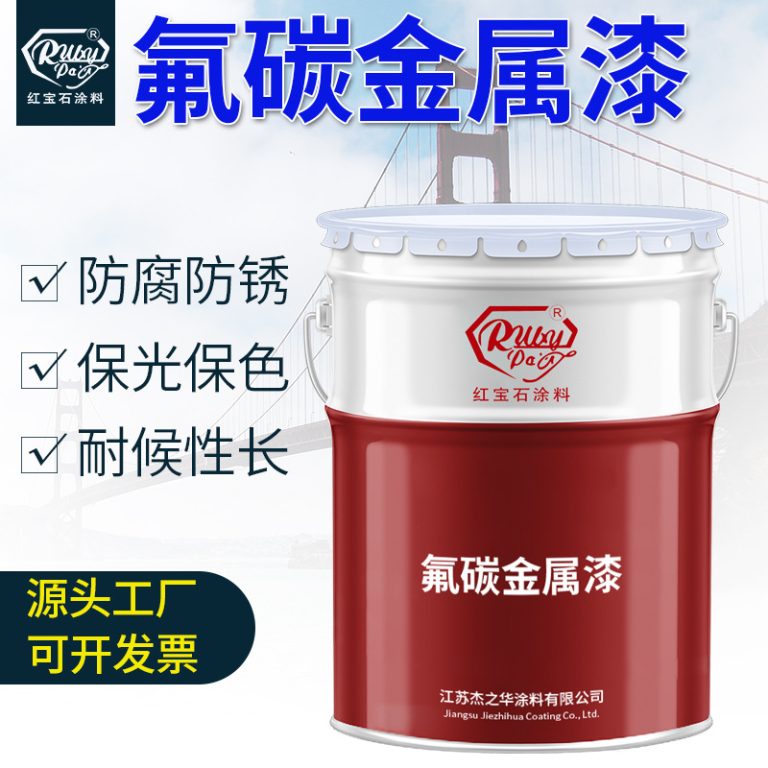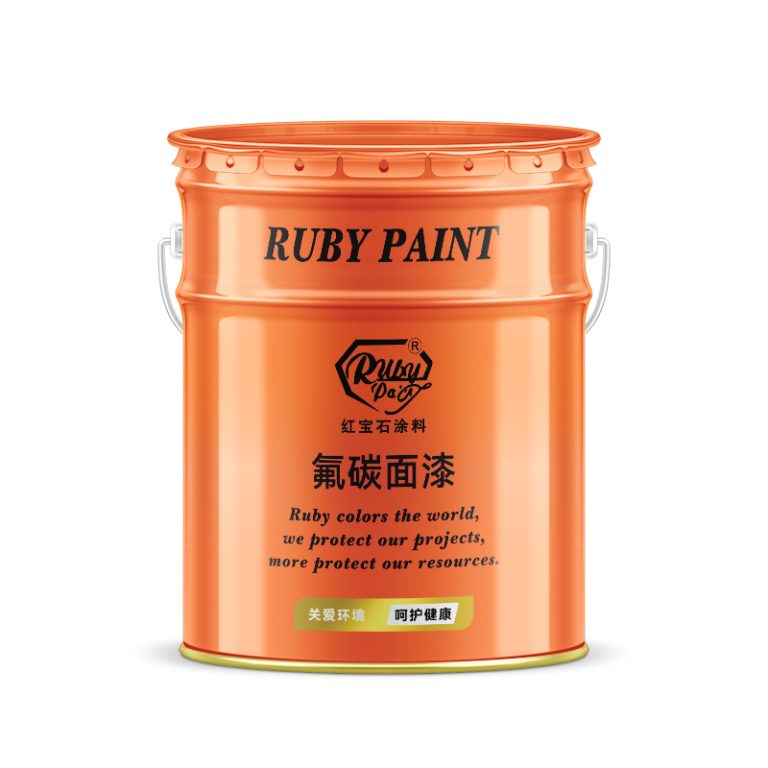Comparing Fluorocarbon Coating and Xylan: Benefits and Applications
Fluorocarbon Coating vs Xylan: Benefits and Applications
In the realm of industrial coatings, fluorocarbon and Xylan stand out as two prominent contenders, each offering a unique set of properties that cater to a wide range of applications. These coatings are engineered to enhance the performance of substrates by imparting characteristics such as chemical resistance, low friction, and thermal stability. Understanding the differences between fluorocarbon coatings and Xylan can guide industry professionals in selecting the most suitable option for their specific needs.
Fluorocarbon coatings, often referred to by the trade name Teflon, are based on polytetrafluoroethylene (PTFE) or similar compounds. These coatings are renowned for their non-stick properties, which are attributed to the high electronegativity of fluorine atoms that create a slippery surface. This characteristic makes fluorocarbon coatings ideal for applications where easy release of materials is critical, such as in cookware and bakeware. Moreover, fluorocarbon coatings exhibit exceptional chemical resistance, standing up to corrosive substances and maintaining their integrity even when exposed to harsh environments. This makes them a preferred choice in the chemical processing industry, where equipment longevity is paramount.
| Serial No. | Product Name |
| 1 | Epoxy Zinc rich paint |
Additionally, fluorocarbon coatings are thermally stable across a wide temperature range, typically withstanding temperatures up to 260°C (500°F). This thermal resilience is crucial in applications such as aerospace and automotive industries, where components are regularly subjected to high temperatures. The coatings also provide excellent dielectric properties, making them suitable for insulating electrical components.
Transitioning to Xylan, it is a brand name for a family of fluoropolymer coatings that contain a blend of high-performance resins. Xylan coatings are not limited to PTFE but may also include other types of polymers such as PFA (perfluoroalkoxy) and FEP (fluorinated ethylene propylene), which are combined with various types of fillers to enhance specific properties. The versatility of Xylan coatings allows for customization to meet the demands of particular applications, ranging from heavy-duty industrial machinery to precision medical devices.
One of the key advantages of Xylan coatings is their ability to reduce friction, which is essential in minimizing wear and extending the life of moving parts. This property is particularly beneficial in the manufacturing of fasteners, where Xylan-coated bolts and screws are less likely to seize or gall under high-torque conditions. Furthermore, Xylan coatings are known for their excellent corrosion resistance, providing long-term protection for metal substrates exposed to corrosive agents.

Xylan coatings also boast a unique combination of properties that include resistance to weathering, UV light, and saltwater, making them suitable for marine and outdoor applications. Their ability to withstand extreme pressure and aggressive chemicals further broadens their use in industries such as oil and gas, where equipment reliability is critical.
In conclusion, both fluorocarbon coatings and Xylan offer a range of benefits that cater to diverse industrial applications. The choice between the two ultimately depends on the specific requirements of the task at hand. Fluorocarbon coatings are unmatched in their non-stick and chemical resistance capabilities, making them ideal for applications that demand a clean release and exposure to reactive substances. On the other hand, Xylan coatings provide a customizable solution with their ability to be tailored to enhance particular properties such as friction reduction and corrosion resistance. Whether it is for cookware or complex machinery, these coatings ensure that components perform efficiently and last longer, even under the most challenging conditions.
| Serial Serial Number | Product Name |
| 1 | Epoxy Zinc rich paint |





